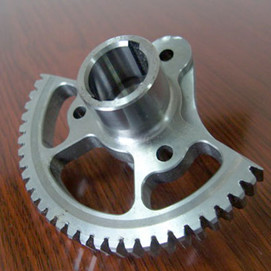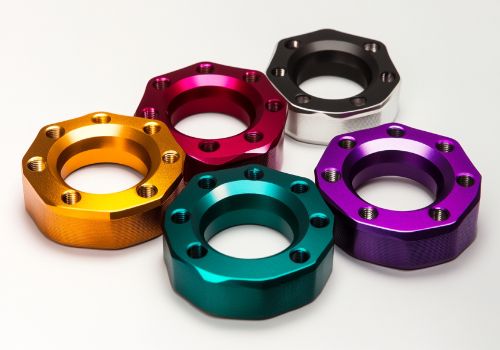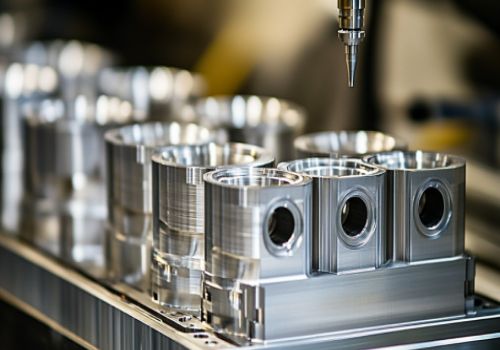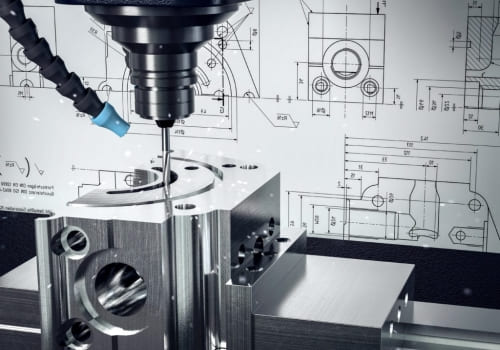In machining, burrs are often generated during the process of cutting metal. The burrs not only have a serious impact on the accuracy and surface quality of the workpiece, but also affect its practical performance. In end milling, the formation of burrs is affected by many factors, which not only has a great relationship with the milling process, but also has a certain relationship with the workpiece structure, tool geometry and so on. To reduce the end mill burr, it is necessary to control and reduce the generation of burrs from many aspects.
1. Reasonable structural design
The formation of the burrs will be affected to some extent by the structure of the workpiece. Due to the different structure of the workpiece, the shape and size of the burrs at the edges after processing will also greatly differ. If the workpiece material and surface treatment are done before, the geometry and edges of the workpiece are an important factor in determining the burr.
2. Proper processing sequence
The processing sequence also has a certain influence on the shape and size of the end mill burr. The shape and size of the burrs are different, and the amount and cost of deburring are different. Therefore, selecting an appropriate processing order is an effective path to reduce the cost of deburring.
In machining, drilling and then milling the plane, it is easy to generate large cutting and milling burrs on the circumference of the hole; if the plane is drilled again, there is only a small drilling and burr on the circumference of the hole. Similarly, the burr formed by milling the upper surface and then milling the concave contour is smaller than the burr formed by first machining the concave contour and then milling the plane.
3. Avoid tool exit
Another effective way to avoid burr formation is to avoid tool exits. Because tool exit is a major factor in the formation of burrs in the cut-out direction. Normally, the burrs generated by the milling cutter rotating out of the workpiece are large, and the burrs generated when screwing into the workpiece are small. Therefore, the milling cutter should be avoided as much as possible during the machining process.
4. Choose the appropriate route
When the plane cut-out angle is less than a certain value, the generated burr size is small. The plane cut-out angle can be changed by changing the milling width, feed rate and rotation speed. Therefore, avoiding the generation of burrs can also be achieved by selecting an appropriate route.
5. Select the appropriate milling parameters
End milling parameters such as feed per tooth, end mill width, end mill depth and tool geometry have a certain effect on the formation of burrs.
End milling burrs are mainly formed by tool exit, tool entry, plane cut-out angle, tool tip exit sequence, milling parameters, and so on. The final shape and size of the burr is also the result of various factors.
Note: Above information is just for reference only.
We offer CNC Machining, Metal Stamping, Metal fabrication services, if you have project need support,contact us today.










